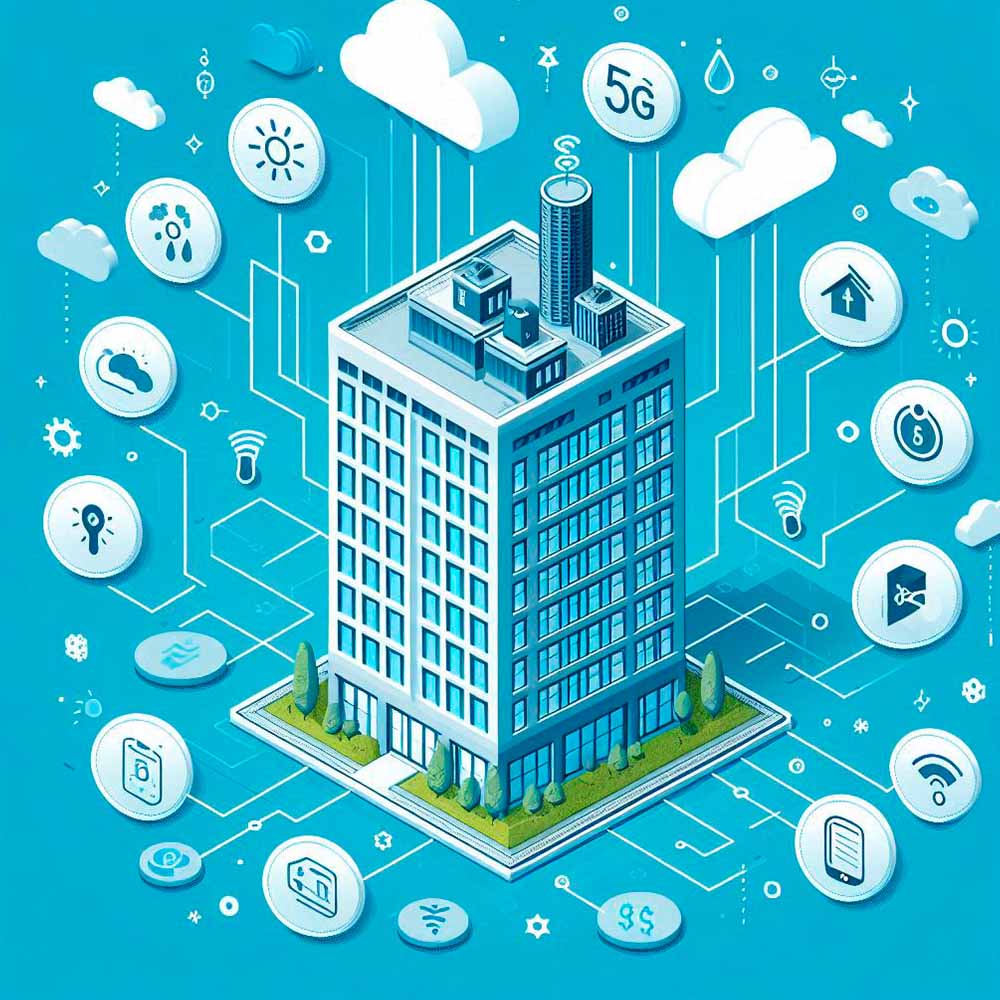WiFi everywhere with Google Loon
Helium balloons are carrying WiFi connectivity to developing regions lacking network infrastructure
🏗️Digital twins use real-time data and virtual models to streamline design, construction and maintenance—cutting costs, improving efficiency and extending asset lifespans.
There is a new generation of buildings made not of bricks and mortar, but of bits and pixels. They are not designed for living in or sheltering from the rain, yet they serve a vital purpose. Digital twins are reshaping how construction projects are designed, delivered and managed. Powered by 3D modelling, Building Information Modelling (BIM), and real-time data, this technology enables the optimisation of every stage in the lifecycle of an infrastructure asset, from construction through to maintenance.
A digital twin is a dynamic, virtual representation of a physical asset, system or process, continuously updated with real-time data. In construction, it goes beyond traditional 3D modelling or BIM by incorporating data from sensors and smart platforms, offering a holistic, up-to-date picture of every phase in an infrastructure project's lifecycle.
This technology helps to spot issues before they arise, lower construction and maintenance costs, and enhance the project's operational and energy efficiency. It also improves collaboration between teams at every stage—from early design through to predictive maintenance and even demolition at the end of the asset's life.
Digital twins enhance each stage of a building or infrastructure’s lifecycle in the following ways:

Digital twins vary in how they interact with the physical environment:
One notable example of digital twin application in construction is the BIM2TWIN project. Its aim is to develop a digital twin platform to support the management of construction processes.
The BIM2TWIN platform will combine artificial intelligence with semantic data linked to a project's BIM model. This integration will help reduce inefficiencies, improve scheduling, cut costs, enhance on-site safety and quality, and lower the project's carbon footprint.
Once finalised, the platform is expected to be rolled out across three pilot projects in France, Finland and Spain. In Spain, ACCIONA will lead implementation in an innovative development in Barcelona.
The platform will deliver real-time insights into the status of the building or infrastructure and ongoing works. It will also improve process control and execution quality, enable early detection of risks on site, optimise machinery use, and support advanced planning to anticipate the impact of changes and test alternative approaches.
BIM2TWIN marks a major step in construction’s digital transformation—and shows how digital twins can make building projects more efficient, safer and more sustainable.
Source:
All fields are mandatory.
Read the most discussed articles
{{CommentsCount}} Comments
Currently no one has commented on the news.
Be the first to leave a comment.
{{firstLevelComment.Name}}
{{firstLevelComment.DaysAgo}} days ago
{{firstLevelComment.Text}}
Answer{{secondLevelComment.Name}}
{{secondLevelComment.DaysAgo}} days ago
{{secondLevelComment.Text}}